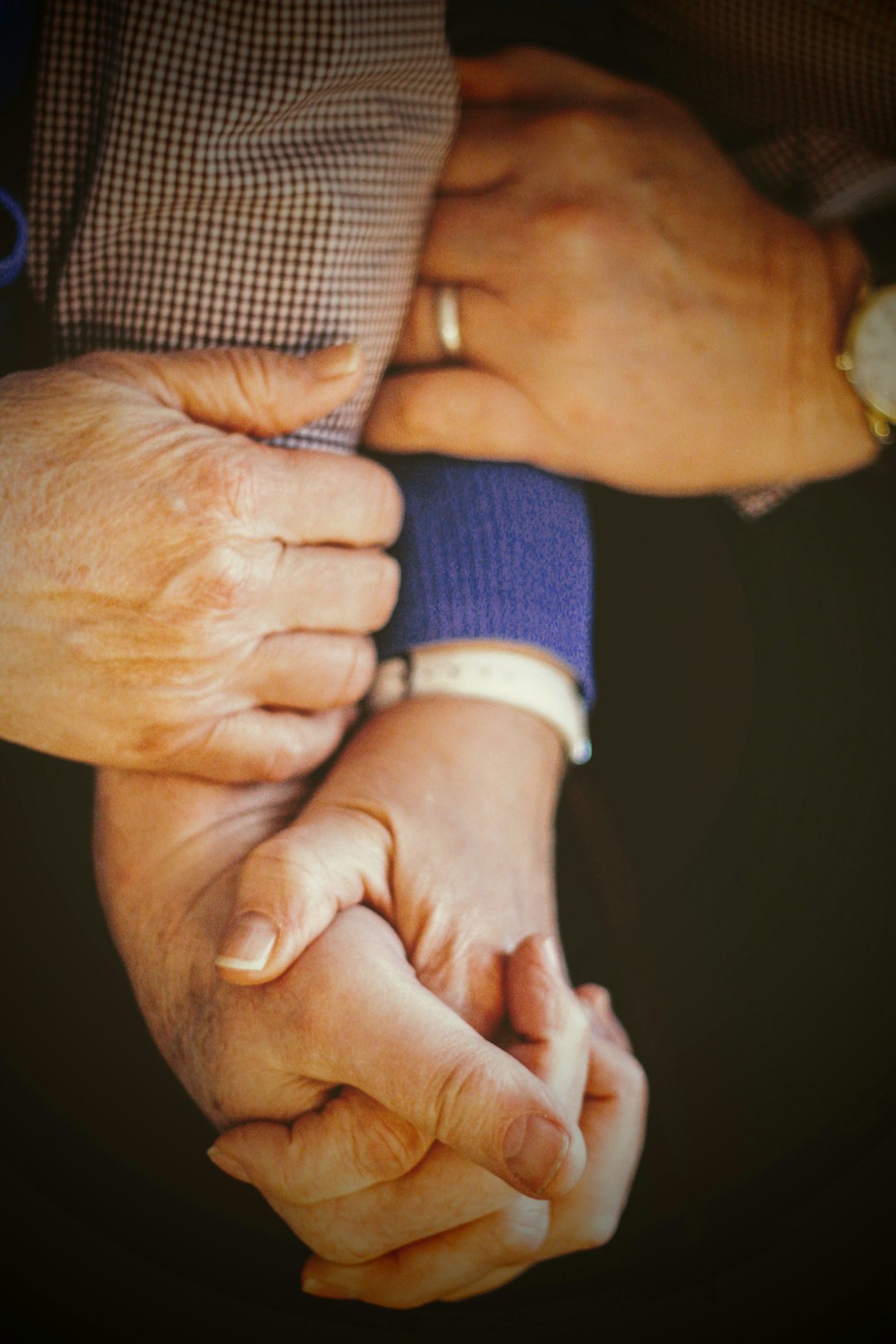Risk Factors for Hypothyroidism Pt 4 - Aging

Aging. It happens to us rather we want it to or not. As I type this and hear myself say in my head “As I turned 50” it is my own admission that I am joining the ranks of millions of others in this age group who see less life ahead of us than more life.
As those of us who have hypothyroidism age our thyroid gets hit with a double whammy. For women who have hypothyroidism there is a triple whammy. First, we have the condition. Second, aging. Third as we age we also go through menopause. Although for me I had a hysterectomy in 2012 and dodged the menopause bullet.
I am going to cut through the medical mumbo jumbo for you and share information from research I have done for this piece. At the end I will provide the links to the two sources I used.
Changes in thyroid hormone production, metabolism and action happen as we age. This is common in the elderly. The prevalence of overt hypothyroidism increases as we age. Hypothyroidism in the elderly can present differently than it can in younger thyroid patients. This is due to the more gradual decline of the thyroid as it ages. Normal aging signs such as edema, anemia, subtle neuropsychiatric problems and moderate weight gain are more frequently observed in elderly patients with hypothyroidism.
As we age hypothyroidism may be accompanied by congestive heart failure or worsening of an already existing heart condition. Loss of appetite, reduced cognitive performance, and worsening of carpal tunnel syndrome, constipation, fatigue, cold intolerance and hearing loss may also occur. In the aging male decreases in testosterone may also occur.
The use of certain medications we take as we age may also interfere with thyroid function tests as well as induce hypothyroidism; lithium, estrogens,heparin, beta blockers to name a few.
Hypothyroidism can also age you. It creates skin changes. In hypothyroidism the time it takes for skin cells to turn over increases causing your old cells to stay on your skin longer and making your skin feel dry, rough and scaly. You may notice wrinkles on your skin starting to sag. Older cells have excessive melanin - which is responsible for skin coloring. You may see an increase in sun spots as a result.
Your hair and nails change with hypothyroidism too. It can cause the life cycle of your hair to be prolonged. When you shed your old hair there may not be new hair to replace it. This is why hair loss is so common with hypothyroidism. Your hair can also become dry, brittle and lacking color thus causing your hair to grey prematurely. You can also lose hair on your eyebrows.
With respect to your nails it slows down the production of keratin cells which are needed for nail growth, and builds up causing ridges to form on your nails. Your nails can become thin and brittle making them easier to break.
Hypothyroidism affects your muscles because when your thyroid levels are low your muscles are limited in how often they can contract so this exacerbates muscle and joint aches and pains.
Your memory is also affected. When your thyroid levels are low it affects your ability to think clearly. This is called “brain fog” I can’t tell you how much I struggled with this around the time I was diagnosed. I felt like there was a weight in my brain and I couldn’t lift it.
You can minimize the premature aging that hypothyroidism causes by making sure you are getting good medical treatment.
You can find the information I used in researching for this piece at:
Age-Related Changes in Thyroid Function from Endicronology Advisor
Can Hypothyroidism Cause Premature Aging? from The Paloma Institute
This is part of a 21 part series on Risk Factors for Hypothyroidism. You can find the first three parts at the following links.
Part 2 - Personal History of Thyroid Issues
Part 3 - Family of Personal History of Other Autoimmune or Endocrine Diseases
Please share this piece with others you feel would benefit.
Also please share The Hypothyroidism Corner
I have also created a guide where I share 5 Low Cost Ways to Manage Hypothyroidism.


